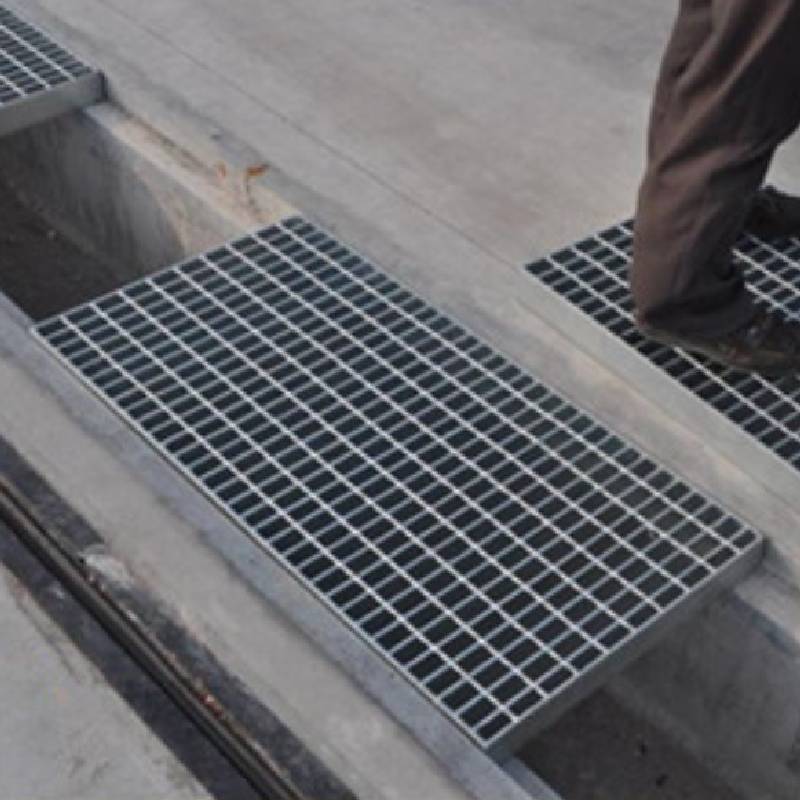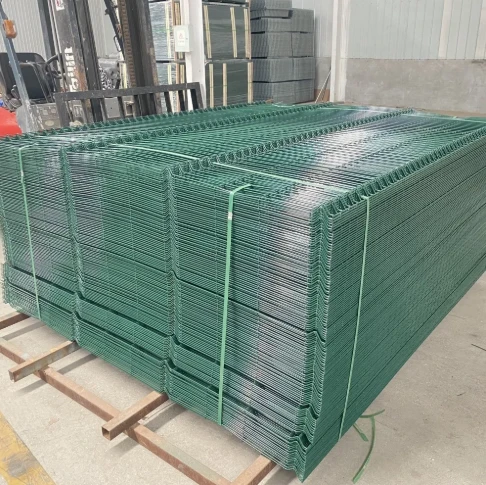The world of construction and industrial design has long relied on innovative materials to enhance safety, durability, and functionality. Among these materials, compound steel grating stands out as a testament to both engineering excellence and practical application. As industries look to maximize efficiency and ensure safety, the adoption of compound steel grating continues to expand, driven by its exceptional benefits unique to this composite material.

Compound steel grating combines plain steel gratings with a checkered plate on one side, creating a multi-layered product that addresses challenges where traditional grating options might fall short. Its design caters to a range of applications, making it an indispensable asset in domains where robust structural support and surface uniformity are paramount.
The core appeal of compound steel grating lies in its enhanced support and load-bearing abilities. For construction projects involving heavy machinery, platforms, or areas prone to significant foot and vehicular traffic, the need for a durable surface that does not buckle under pressure is critical. Compound steel grating meets this need by distributing loads efficiently across its reinforced surface, thereby reducing deformation and enhancing structural integrity.

Another compelling reason for the increasing use of this material is its anti-slip features. The checkered plate integrated into compound steel grating provides additional traction, reducing the risk of accidents in wet or oily conditions. This feature is particularly significant in industries such as oil and gas, chemical processing, and marine environments where surfaces can become hazardous due to liquid spills. The rugged pattern of the checkered plate effectively diverts moisture away from the walking surface, offering peace of mind to facility managers and workers alike.
In terms of maintenance, compound steel grating offers a competitive edge. The inherent resistance to wear and corrosion, which is typically achieved through galvanization or coating, ensures longevity even in corrosive environments. Regular steel materials often succumb to rust and degradation over time, significantly increasing maintenance costs. However, compound steel grating provides a cost-effective solution by ensuring fewer replacements and repairs over its lifespan. This longevity also contributes to the sustainability aspect of construction projects by minimizing waste and resource consumption.
compound steel grating
From an engineering perspective, its customizable nature allows for versatile applications. Manufacturers can tailor compound steel grating to specific project requirements, including variations in thickness, spacing, and pattern of the checkered plate. This adaptability makes it suitable for a wide array of projects from pedestrian walkways and bridge decking to industrial flooring and drainage covers. This level of customization also ensures compliance with architectural designs and regulatory standards, enhancing both the functional and aesthetic aspects of a project.
Moreover, the installation process of compound steel grating is efficient and straightforward. Prefabricated panels are easily installed, reducing on-site labor costs and time expenditure. This advantage is particularly beneficial in large-scale projects where speed and efficacy are crucial. Quick installation not only accelerates project timelines but also reduces downtime in active facilities, a crucial factor for industries focused on maintaining continuous operations.
Expert opinion holds compound steel grating in high regard, advocating for its extensive benefits in rigorous industrial settings. Safety inspectors and construction overseers vouch for its performance enhancements compared to conventional materials, cementing its status as a go-to solution for modern infrastructure challenges.
Emphasizing the critical factors of Experience, Expertise, Authoritativeness, and Trustworthiness, compound steel grating embodies the intersection of advanced engineering and practical functionality. Its proven track record across various industries underpins a high level of trust, elevating it beyond traditional grating solutions. For project managers, engineers, and architects seeking materials that promise safety, durability, and cost-effectiveness, the exploration into compound steel grating is not just recommended; it is imperative.
In summation, compound steel grating represents a leap forward in materials science—combining the strength and durability of steel with innovative design that prioritizes safety and longevity. Its integration into infrastructure projects not only supports modern industrial demands but also sets a precedent for future construction methodologies, illustrating an industry poised for continued evolution and enhancement.
























